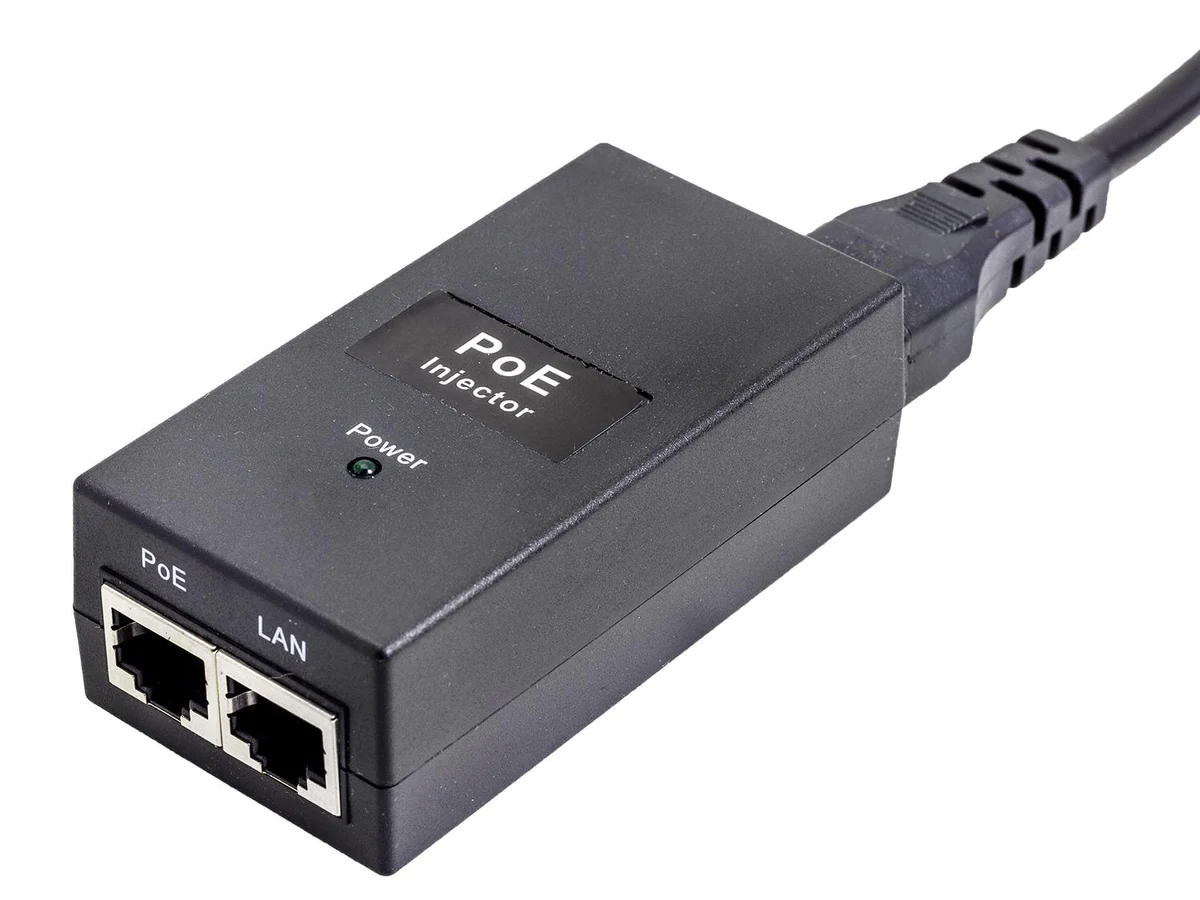

Articles
What Is A Poe Adapter
Modified: January 19, 2024
Discover what a Poe adapter is and how it works in our informative articles. Gain insights into the benefits and applications of Poe technology.
(Many of the links in this article redirect to a specific reviewed product. Your purchase of these products through affiliate links helps to generate commission for Storables.com, at no extra cost. Learn more)
Introduction
Welcome to the world of Poe Adapters! In this article, we will explore the fascinating world of Power over Ethernet (PoE) adapters and learn how they have revolutionized the way we power and connect various devices. Whether you are a tech-savvy enthusiast or a professional in the IT industry, understanding the concept and functionality of Poe adapters is crucial.
PoE adapters have become increasingly popular in recent years due to their effectiveness in simplifying the installation and management of network devices. These adapters are innovative solutions that allow both power and data to be transmitted over a single Ethernet cable, eliminating the need for additional power outlets and cables.
PoE adapters work by integrating power sourcing equipment (PSE) with powered devices (PD) to enable seamless communication and power delivery. This technology has transformed the way we power devices such as IP cameras, wireless access points, VoIP phones, and other network devices.
In this article, we will delve into the intricacies of Poe adapters, exploring their functionality, advantages, and disadvantages. We will also take a closer look at the common use cases and factors to consider when choosing a Poe adapter for your specific needs.
So, whether you are a home user looking to expand your network or a business professional seeking efficient and streamlined power solutions, join us as we uncover the world of PoE adapters and how they can benefit you!
Key Takeaways:
- PoE adapters revolutionize power and connectivity by transmitting both power and data over a single Ethernet cable, simplifying installations, reducing costs, and increasing flexibility in device placement.
- When choosing a PoE adapter, consider factors such as power requirements, standard compliance, device compatibility, and reliability to ensure successful and efficient PoE installations.
Read more: What Is A PoE Security Camera
Definition of Poe Adapter
A Poe adapter, also known as a Power over Ethernet adapter, is a device that enables the transmission of both power and data over a single Ethernet cable. It allows devices to receive power directly from the Ethernet cable, eliminating the need for separate power sources and cables. This technology simplifies the installation and management of network devices, especially in situations where power outlets may be limited or difficult to access.
The PoE adapter consists of two main components: the power sourcing equipment (PSE) and the powered device (PD). The PSE, which is usually a switch or injector, supplies power to the Ethernet cable. The PD, on the other hand, is the device that receives power and utilizes it to operate. This can include devices such as IP cameras, wireless access points, VoIP phones, and other network devices.
PoE adapters are designed to comply with the IEEE 802.3af and IEEE 802.3at standards, which specify the maximum power that can be delivered over an Ethernet cable. The 802.3af standard supports up to 15.4 watts of power, while the 802.3at standard, also known as PoE+, supports up to 30 watts.
One of the key advantages of PoE adapters is their ability to provide power to devices located in remote or hard-to-reach areas. By using a single Ethernet cable for both power and data transmission, PoE adapters eliminate the need for additional power outlets and reduce clutter caused by multiple cables. This makes them ideal for installing devices in locations where power sources may be scarce or inconvenient to access.
It is important to note that not all devices are compatible with PoE adapters. Therefore, it is crucial to ensure that the devices you plan to connect to a PoE network are PoE-compatible or can be powered using an additional PoE splitter or PoE converter.
Overall, PoE adapters offer a convenient and efficient solution for powering and connecting network devices. They simplify the installation process, reduce costs, and provide flexibility in device placement. As PoE technology continues to evolve, we can expect to see even more innovative applications and advancements in the world of PoE adapters.
How Poe Adapters Work
Understanding how Poe adapters work requires a closer look at the two main components involved: the power sourcing equipment (PSE) and the powered device (PD). Let’s dive into the inner workings of PoE adapters and explore the transmission of power and data over a single Ethernet cable.
When a PoE-enabled switch or injector, acting as the PSE, is connected to a PoE-compatible device, the power transmission process begins. The PSE detects whether the connected device is PoE-compatible or not through a series of electrical checks. If the device is compatible, the PSE sends a low-power electrical signal called the “power classification signature” to the PD.
The PD, which is the PoE adapter or the PoE-enabled device, receives the power classification signature from the PSE. Based on this signature, the PD determines the amount of power it requires to function properly. The PD then sends a response back to the PSE, indicating its power requirements.
Once the power requirements are established, the PSE adjusts the power output accordingly. It then begins to deliver power over the Ethernet cable to the PD. The power is transmitted simultaneously with the data signals, typically using two pairs of twisted copper wires within the Ethernet cable.
The PSE continuously monitors the power transmission to ensure that it remains within the specified power limits defined by the IEEE 802.3af or 802.3at standards. If the power exceeds the defined limits or an error occurs, the PSE will temporarily halt the power delivery to protect the connected devices from any potential damage.
PoE adapters also incorporate a mechanism known as “power negotiation” or “power negotiation handshaking.” This mechanism enables the PSE and PD to communicate in real-time, ensuring an optimal power delivery for the connected device. The negotiation process allows the PD to indicate its power requirements to the PSE, allowing for efficient power management and allocation.
In instances where a non-PoE device needs to be powered using a PoE adapter, an additional component called a PoE splitter or PoE converter is utilized. The PoE splitter separates the power and data signals received from the Ethernet cable, allowing the non-PoE device to receive power from the splitter while transmitting data to and from the PSE.
Overall, PoE adapters provide a reliable and efficient method of delivering power and data over a single Ethernet cable. The integration of power and data transmission simplifies installations, reduces the need for multiple cables, and enhances flexibility in device placement. As PoE technology continues to advance, we can expect more sophisticated power management features and increased power delivery capabilities.
Advantages of Poe Adapters
PoE adapters offer numerous advantages for powering and connecting network devices. Let’s explore the key benefits that make PoE adapters a popular choice in various industries and settings.
- Simplified Installation: Perhaps one of the biggest advantages of PoE adapters is the simplified installation process. By combining power and data transmission into a single Ethernet cable, PoE adapters eliminate the need for additional power outlets and cables. This streamlines the setup process and reduces both time and costs associated with installation.
- Flexibility in Device Placement: PoE adapters provide flexibility in device placement, as they can be installed in locations where power outlets are limited or difficult to access. This is particularly beneficial for wireless access points, IP cameras, and other network devices that require strategic placement for optimal performance.
- Cost Savings: With PoE adapters, there is no need for separate power cables, power outlets, and surge protectors for each connected device. This translates into cost savings on equipment, installation, and maintenance. Moreover, PoE adapters allow for easier scalability since new devices can be powered and connected without the need for additional power infrastructure.
- Enhanced Safety: PoE adapters adhere to IEEE safety standards, ensuring that the power delivered over the Ethernet cable remains within specified limits. This eliminates the risk of electrical hazards, such as electric shock, that can occur with traditional power sources.
- Convenience and Efficiency: PoE adapters offer convenience and efficiency by allowing for centralized power management. With a PoE-enabled switch or injector, you can monitor and control the power supply to multiple devices from a single point. This simplifies maintenance and troubleshooting, as well as enables remote power cycling of devices.
- Future-Proofing: PoE technology continues to evolve, with advancements in power delivery capabilities and standards. By investing in PoE adapters, you are future-proofing your network infrastructure, ensuring compatibility with upcoming devices that may require higher power levels.
PoE adapters have revolutionized the way we power and connect network devices. Their advantages in terms of installation flexibility, cost savings, safety, convenience, and future-proofing make them a preferred choice in various industries, including security, telecommunications, and smart building systems. Whether you are setting up a small home network or a large-scale enterprise deployment, PoE adapters provide the efficiency and convenience you need.
When using a Poe adapter, make sure to check the power requirements of your device and ensure that the adapter is compatible with it. It’s also important to verify the power output of the adapter to ensure it meets the needs of your device.
Disadvantages of Poe Adapters
While PoE adapters offer numerous advantages, it’s important to be aware of their limitations and potential drawbacks. Let’s explore some of the disadvantages associated with PoE adapters.
- Power Limitations: One of the primary limitations of PoE adapters is the power constraints imposed by the IEEE 802.3af and 802.3at standards. These standards impose a maximum power limit that can be delivered over the Ethernet cable. While this is sufficient for many devices, high-power devices such as certain PTZ cameras or power-hungry access points may require additional power sources.
- Distance Limitations: Another limitation of PoE adapters is the distance over which power and data can be transmitted. The maximum distance for reliable PoE transmission is approximately 100 meters (328 feet) with most Ethernet cables. Beyond this distance, power loss and data degradation may occur. Therefore, careful consideration should be given to the placement of devices to ensure they are within the allowable distance.
- Compatibility: Not all devices are compatible with PoE adapters. It’s important to verify that the devices you plan to connect are PoE-enabled or can be powered using additional components such as PoE splitters or PoE converters. This adds complexity to the installation process and may require additional equipment.
- Cost of PoE Equipment: PoE-enabled switches and injectors, necessary for powering PoE devices, can be more expensive than their non-PoE counterparts. Additionally, PoE adapters themselves may have a higher cost compared to traditional power supplies for individual devices. However, the cost benefits of simplified installation and reduced cable clutter may outweigh the initial investment.
- System Reliability: PoE adapters rely on a stable power source and proper cabling infrastructure for reliable operation. If there are issues with power fluctuations, poor cabling, or incompatible devices, the reliability of the entire PoE network may be compromised. Adequate planning, testing, and regular maintenance are crucial to ensure a stable and dependable PoE system.
It’s important to assess the specific requirements and limitations of your network environment before implementing PoE adapters. Consider factors such as power needs, device compatibility, distance limitations, and the overall reliability of your network infrastructure. By understanding the potential disadvantages, you can make informed decisions and mitigate any challenges that may arise.
Read more: What Does Poe Stand For In Security Cameras
Common Uses of Poe Adapters
PoE adapters have a wide range of applications across various industries and settings. Let’s explore the common uses of PoE adapters and how they have transformed the way we power and connect network devices.
- IP Cameras: PoE adapters are widely used to power and connect IP cameras for surveillance purposes. By utilizing PoE technology, IP cameras can be easily installed in locations where power outlets may be limited or difficult to access. This simplifies the installation process and reduces the need for additional power infrastructure.
- Wireless Access Points: PoE adapters are commonly used to power wireless access points (WAPs) in both home and enterprise networks. By using PoE, WAPs can be strategically placed to provide optimal wireless coverage without the need for separate power sources. This ensures flexibility in device placement and simplifies network expansion.
- VoIP Phones: Voice over Internet Protocol (VoIP) phones often rely on PoE adapters for power and connectivity. By utilizing PoE technology, VoIP phones can be conveniently placed in various locations without the need for additional power outlets. This makes it easier to set up and manage VoIP phone systems in offices or other business environments.
- Network Switches and Routers: PoE adapters are commonly used to power and connect network switches and routers. By integrating power and data transmission into a single Ethernet cable, PoE adapters simplify installation and ensure efficient power management and connectivity for networking devices.
- Smart Lighting Systems: PoE technology is increasingly being utilized in smart lighting systems. PoE adapters provide power and control capability to smart lighting fixtures, allowing for centralized management and control of lighting networks.
- Access Control Systems: PoE adapters are used to power and connect access control systems, including card readers, door locks, and security cameras. This allows for seamless integration and control of access control devices, simplifying the installation process and reducing costs.
- Industrial Automation: In industrial settings, PoE adapters are utilized to power and connect various devices such as sensors, actuators, and controllers. This enables centralized management and control of industrial automation systems, improving efficiency and reducing maintenance costs.
These are just a few examples of the common uses of PoE adapters. The versatility and flexibility of PoE technology make it applicable to a wide range of devices and industries. Whether for security systems, network infrastructure, or smart solutions, PoE adapters provide a convenient and efficient solution for powering and connecting devices in a simplified manner.
Factors to Consider When Choosing a Poe Adapter
When selecting a PoE adapter for your specific needs, it’s important to consider several factors to ensure compatibility and optimal performance. Let’s explore the key factors to consider when choosing a PoE adapter.
- Power Requirements: Assess the power requirements of your connected devices. Different devices have varying power needs, and it’s crucial to choose a PoE adapter that can provide sufficient power to all connected devices. Consider the power budget of the PoE adapter and ensure it aligns with the combined power requirements of your devices.
- Standard Compliance: Verify that the PoE adapter you choose complies with the appropriate IEEE 802.3af or 802.3at standards, depending on your power requirements. Standards compliance ensures compatibility and reliable power delivery for your devices.
- Network Speed: Consider the network speed requirements of your connected devices. PoE adapters are available in different speeds, typically 10/100 Mbps or Gigabit Ethernet. Ensure that the PoE adapter you select supports the required network speed to avoid any network bottlenecks.
- Port Configuration: Evaluate the number of ports required for your installation. PoE adapters come in various configurations, ranging from a single-port adapter to multiple-port switches or injectors. Consider the number of devices you need to power and connect and choose a PoE adapter with the appropriate number of ports.
- Power Budget: Examine the power budget of the PoE adapter, which refers to the maximum power it can deliver to connected devices. Ensure that the power budget is sufficient to meet the power requirements of your devices. It’s also advisable to leave some headroom to accommodate any future power needs.
- Device Compatibility: Confirm the compatibility of your devices with the PoE adapter. Not all devices are compatible with PoE technology, so it’s essential to ascertain that your devices can be powered using PoE or if additional components such as PoE splitters or converters are required.
- Quality and Reliability: Research the reputation and reliability of the PoE adapter manufacturer or vendor. Look for reputable brands that have a track record of producing high-quality, reliable products. This ensures that your PoE adapter will perform well and have a longer lifespan.
- Budget: Consider your budget when choosing a PoE adapter. While it’s tempting to opt for lower-priced options, it’s important to strike a balance between cost and quality. Investing in a reliable PoE adapter may be more cost-effective in the long run due to better performance and durability.
By considering these factors, you can make an informed decision when choosing a PoE adapter that meets your specific requirements. Taking the time to evaluate power needs, compliance, port configuration, and device compatibility will ensure a successful and efficient PoE installation.
Conclusion
PoE adapters have revolutionized the way we power and connect network devices, offering a range of benefits and opportunities for various industries and settings. With the ability to transmit power and data over a single Ethernet cable, PoE adapters have simplified installations, reduced costs, and increased flexibility in device placement.
Throughout this article, we explored the definition and functionality of PoE adapters, understanding how they work and the advantages they bring. We also discussed the potential disadvantages and limitations of PoE adapters, emphasizing the importance of considering factors such as power requirements, standard compliance, device compatibility, and reliability when choosing a PoE adapter.
The common uses of PoE adapters span across IP cameras, wireless access points, VoIP phones, network switches, and numerous applications in industries including security, telecommunications, and smart building systems. Through their versatility and efficiency, PoE adapters have transformed the way we power and connect network devices, offering convenience and cost savings.
As PoE technology continues to evolve, we can anticipate further advancements in power delivery capabilities, standards, and compatibility. It is essential to stay informed about the latest developments and advancements in the PoE market to ensure you are leveraging the full potential of PoE adapters.
In conclusion, PoE adapters have proven to be a valuable innovation in the world of power and connectivity. By integrating power and data transmission into a single cable, PoE adapters offer streamlined installations, improved flexibility, and reduced costs. As the demand for efficient and versatile power solutions increases, PoE adapters will continue to play a pivotal role in powering and connecting the devices of our modern digital age.
Frequently Asked Questions about What Is A Poe Adapter
Was this page helpful?
At Storables.com, we guarantee accurate and reliable information. Our content, validated by Expert Board Contributors, is crafted following stringent Editorial Policies. We're committed to providing you with well-researched, expert-backed insights for all your informational needs.
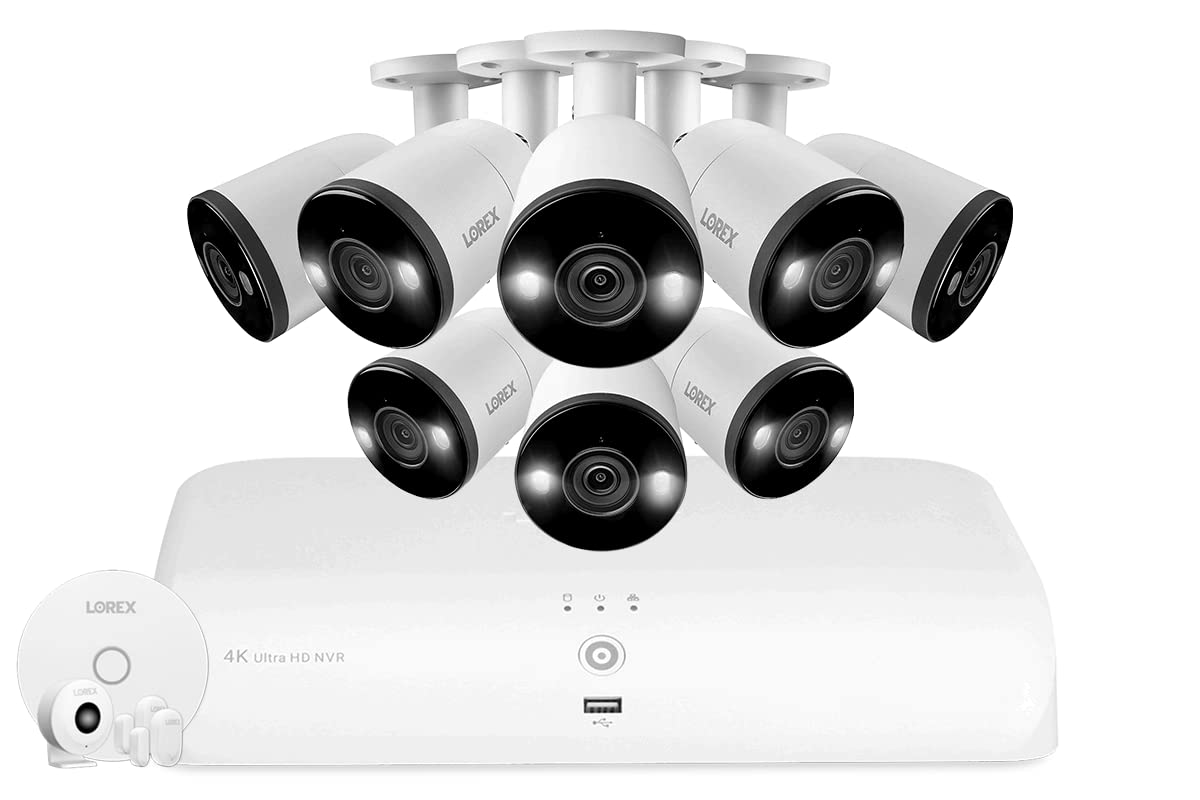
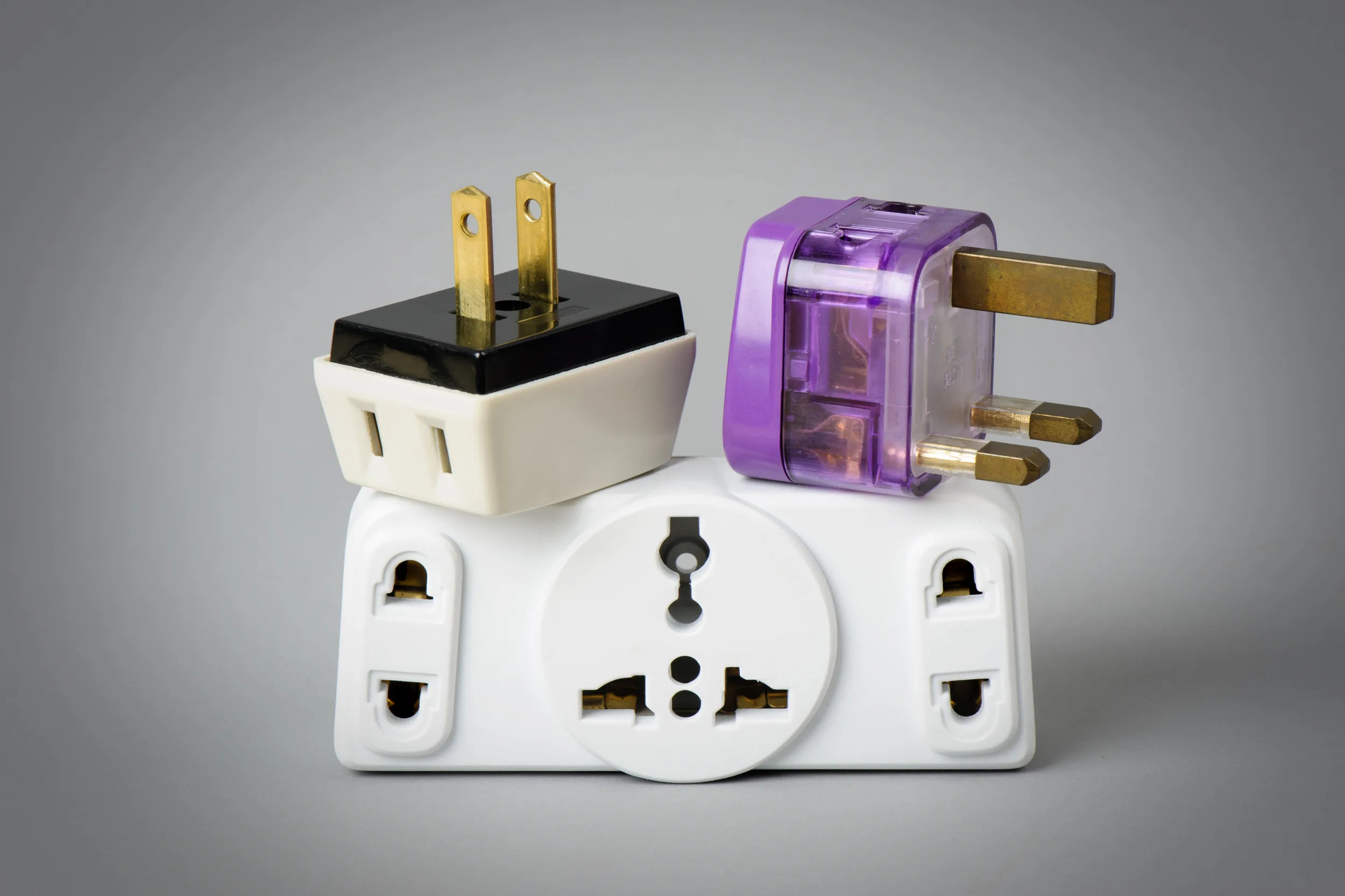
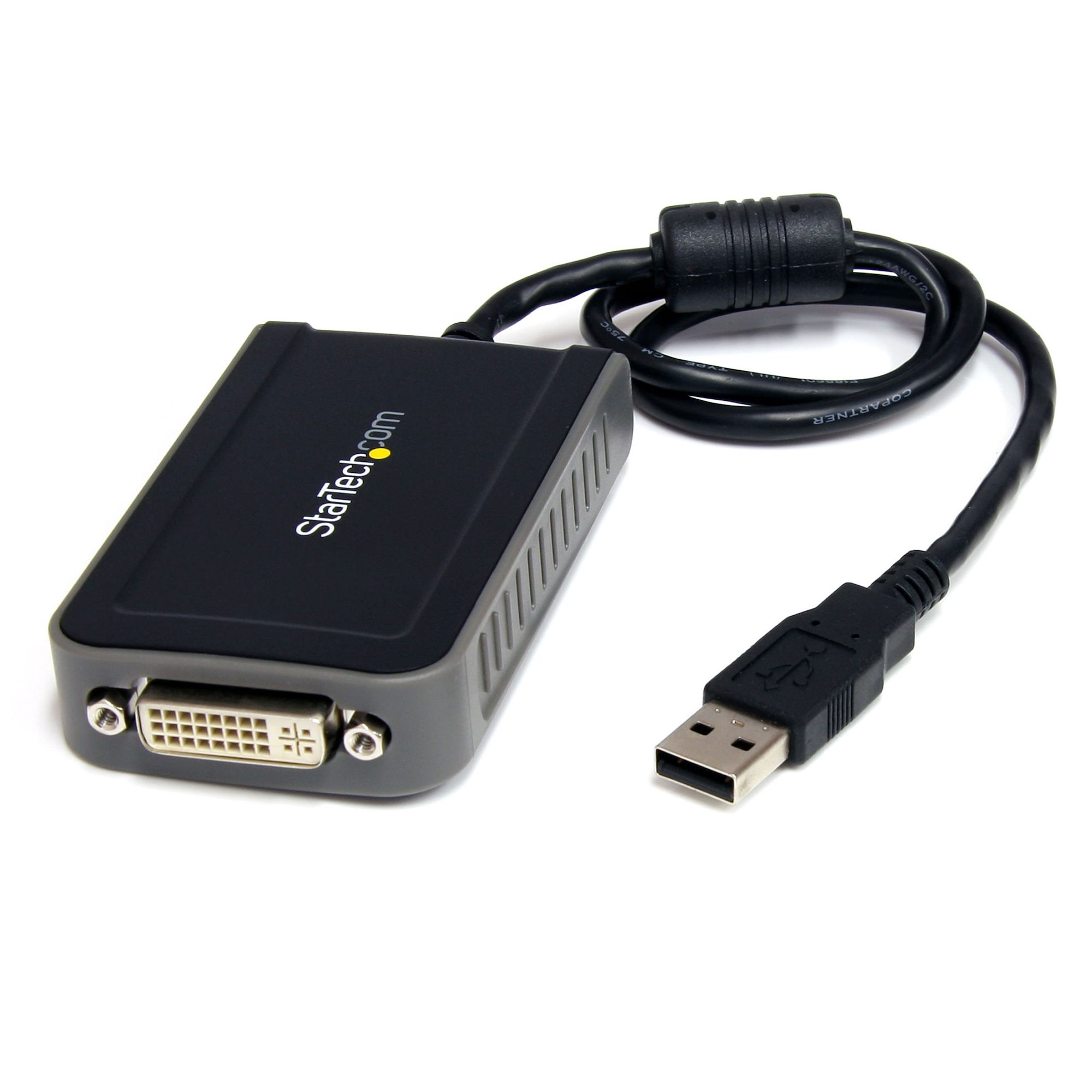
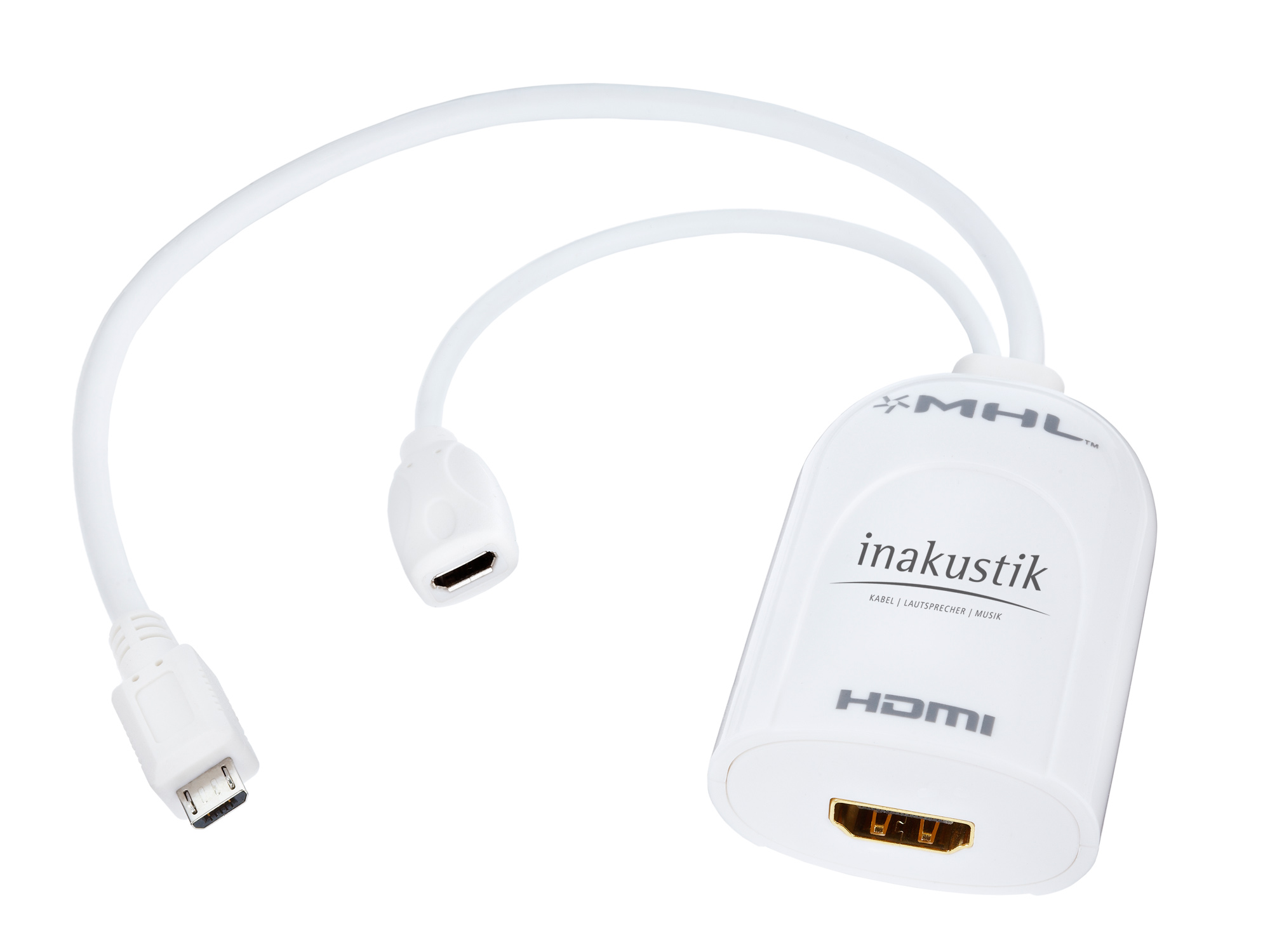
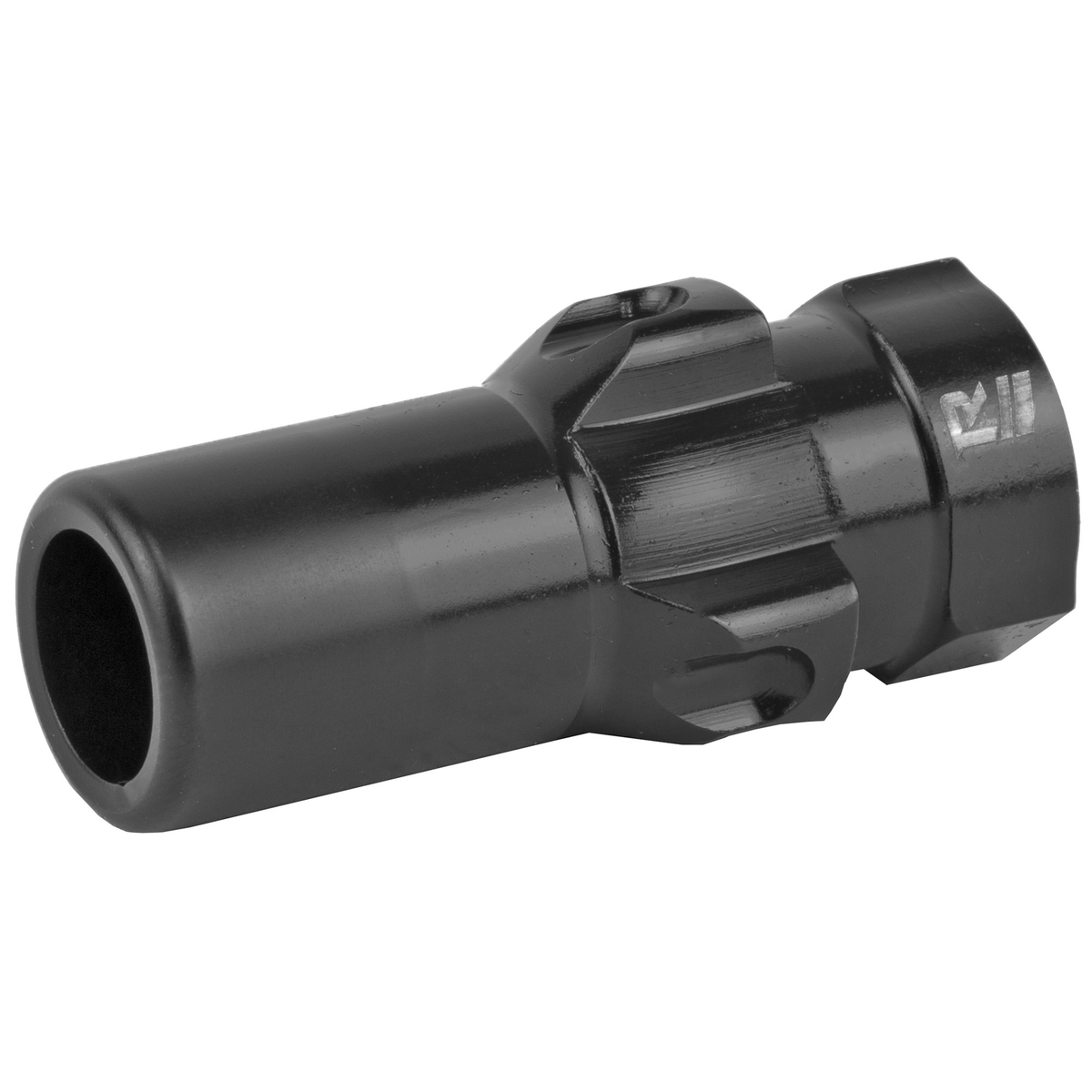
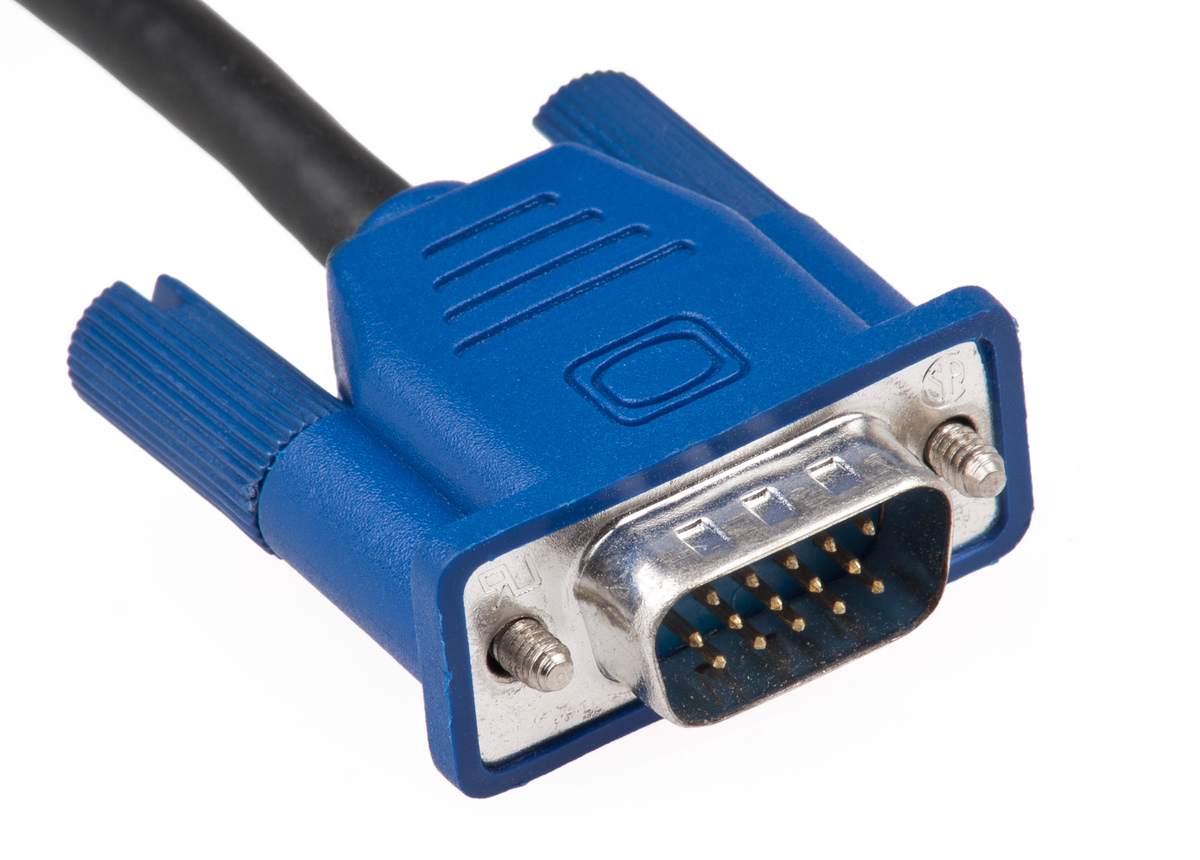
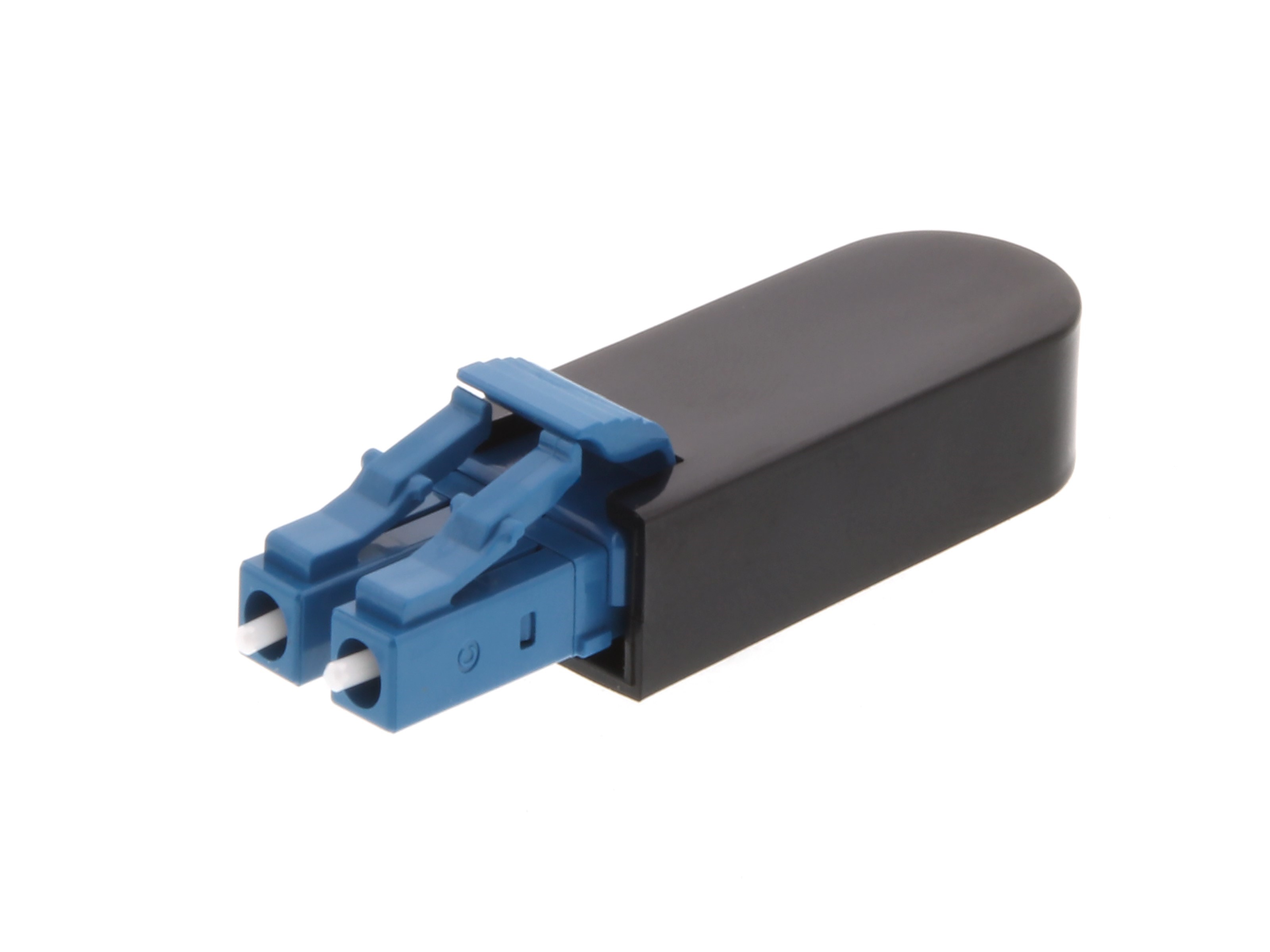
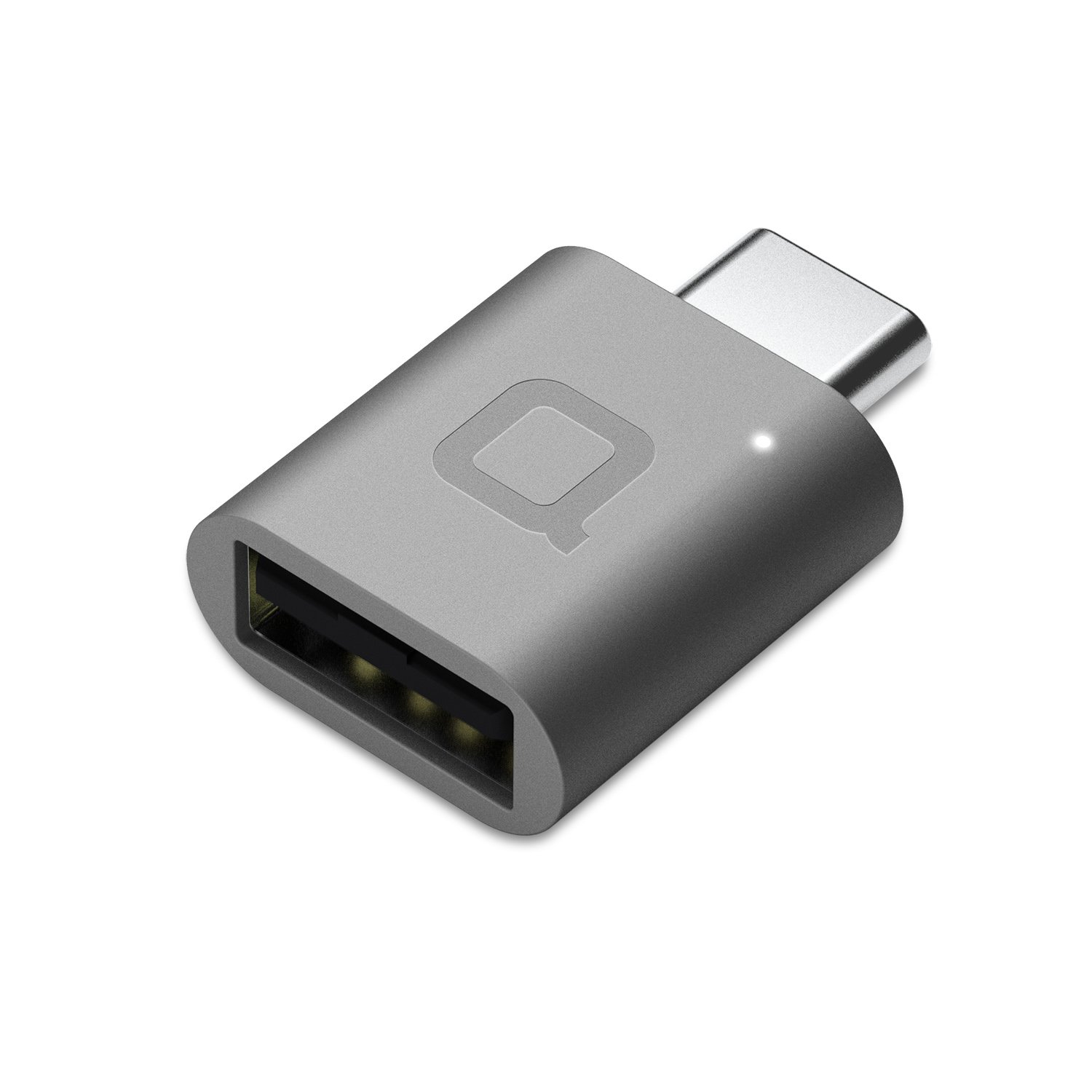
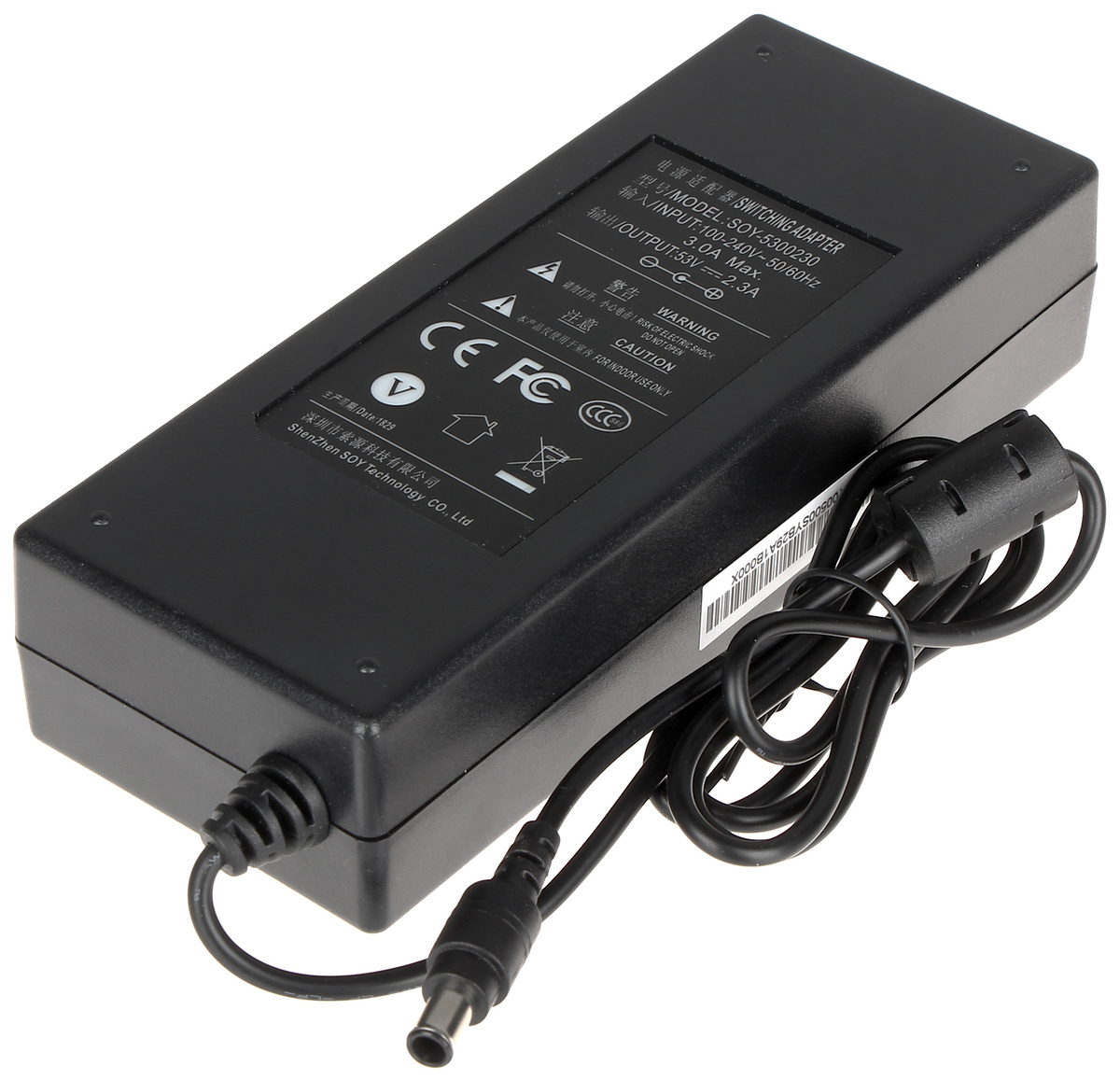
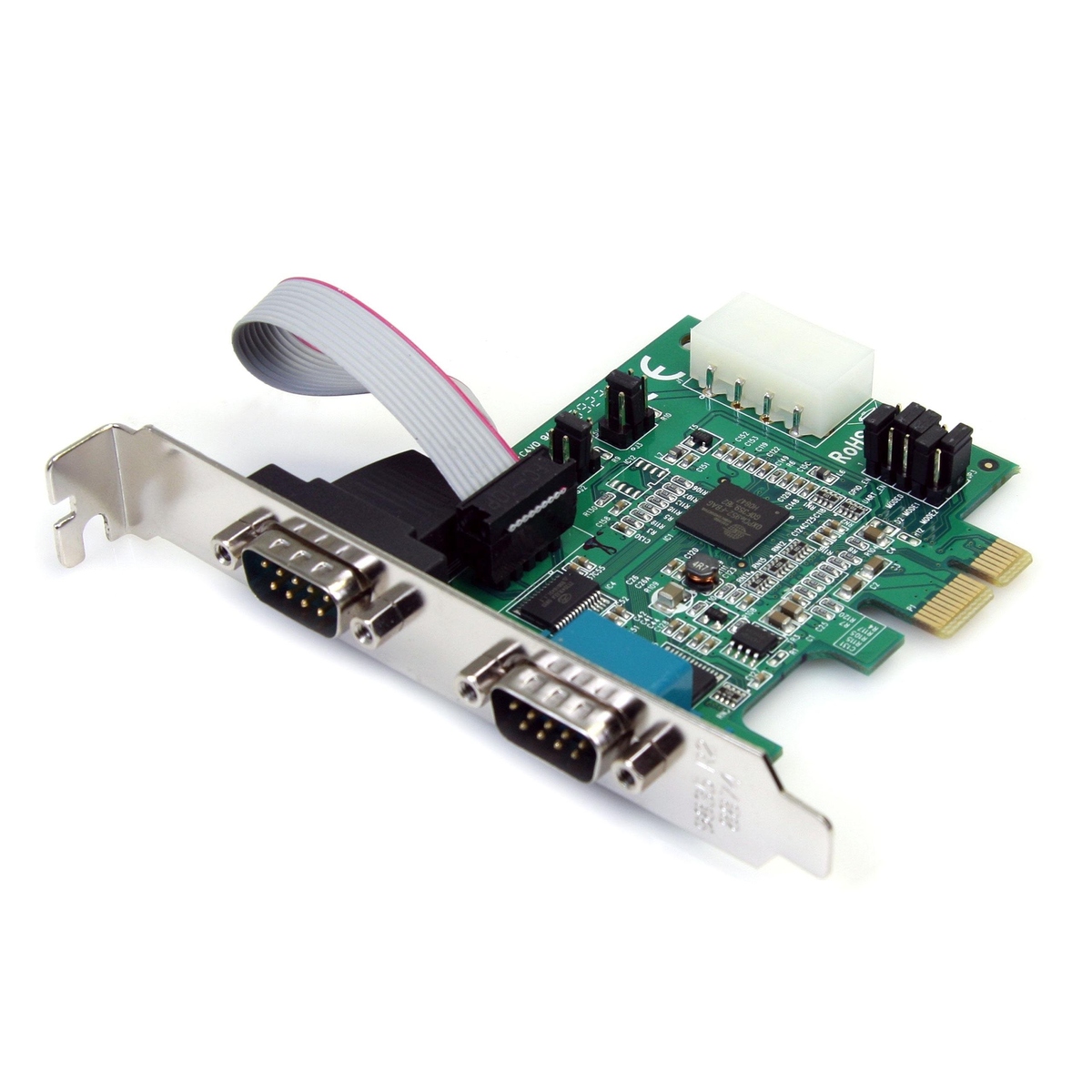
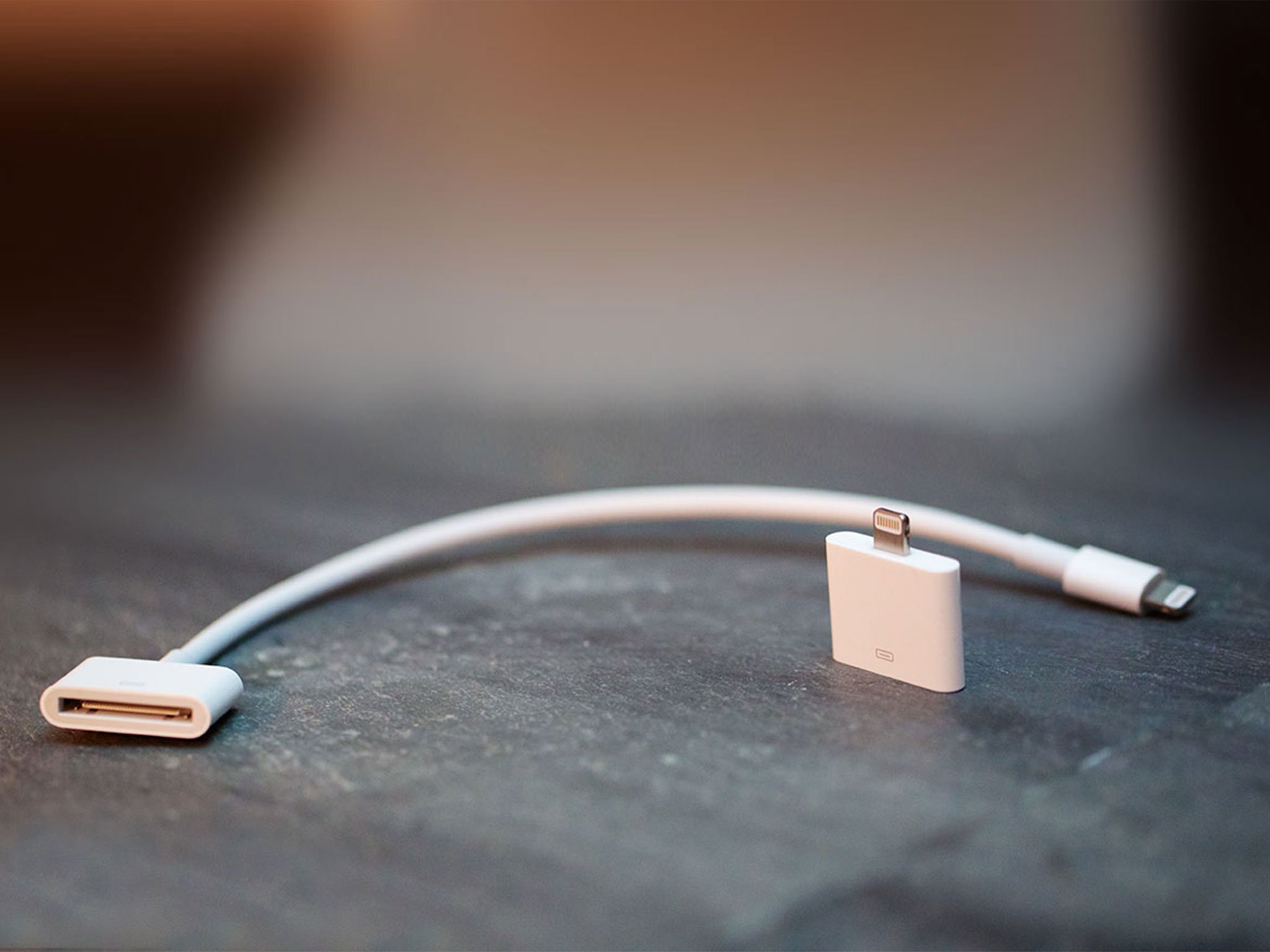
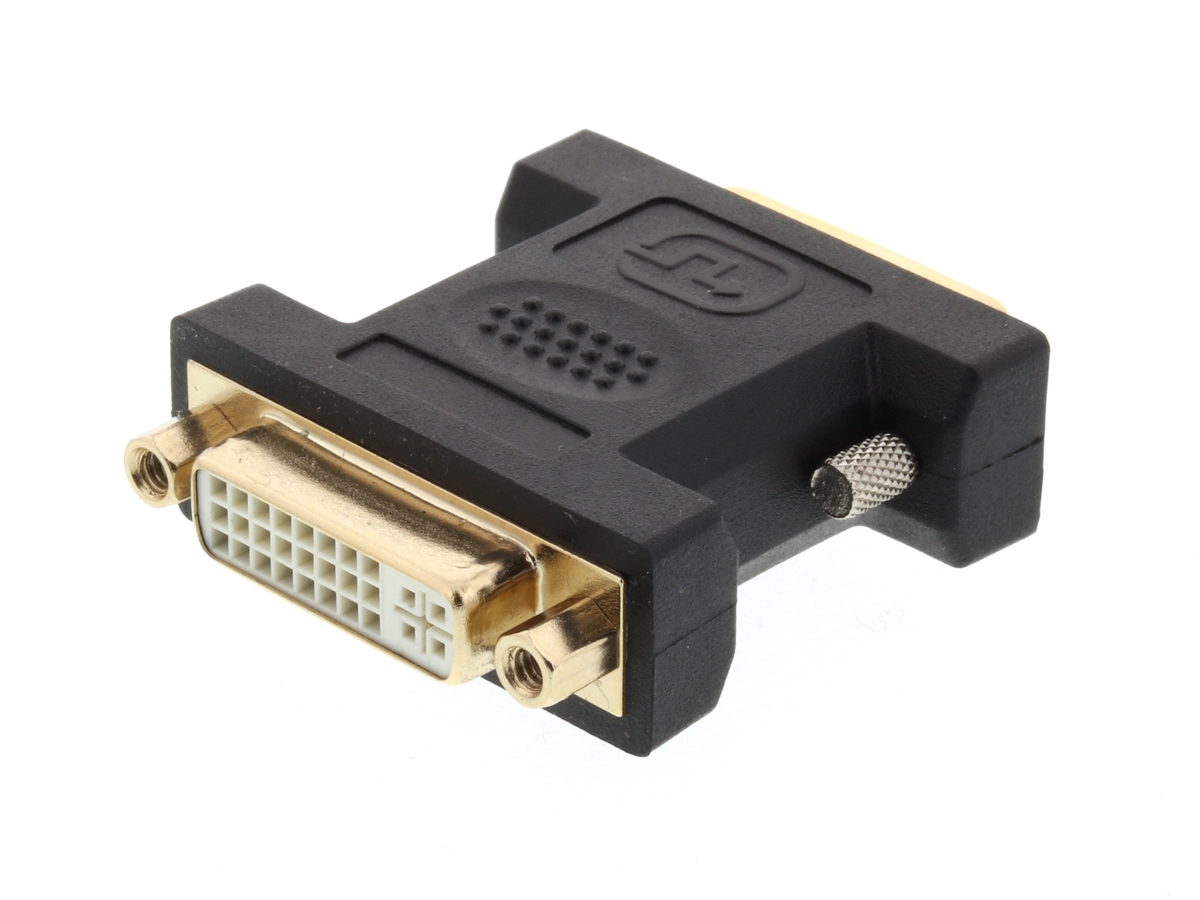
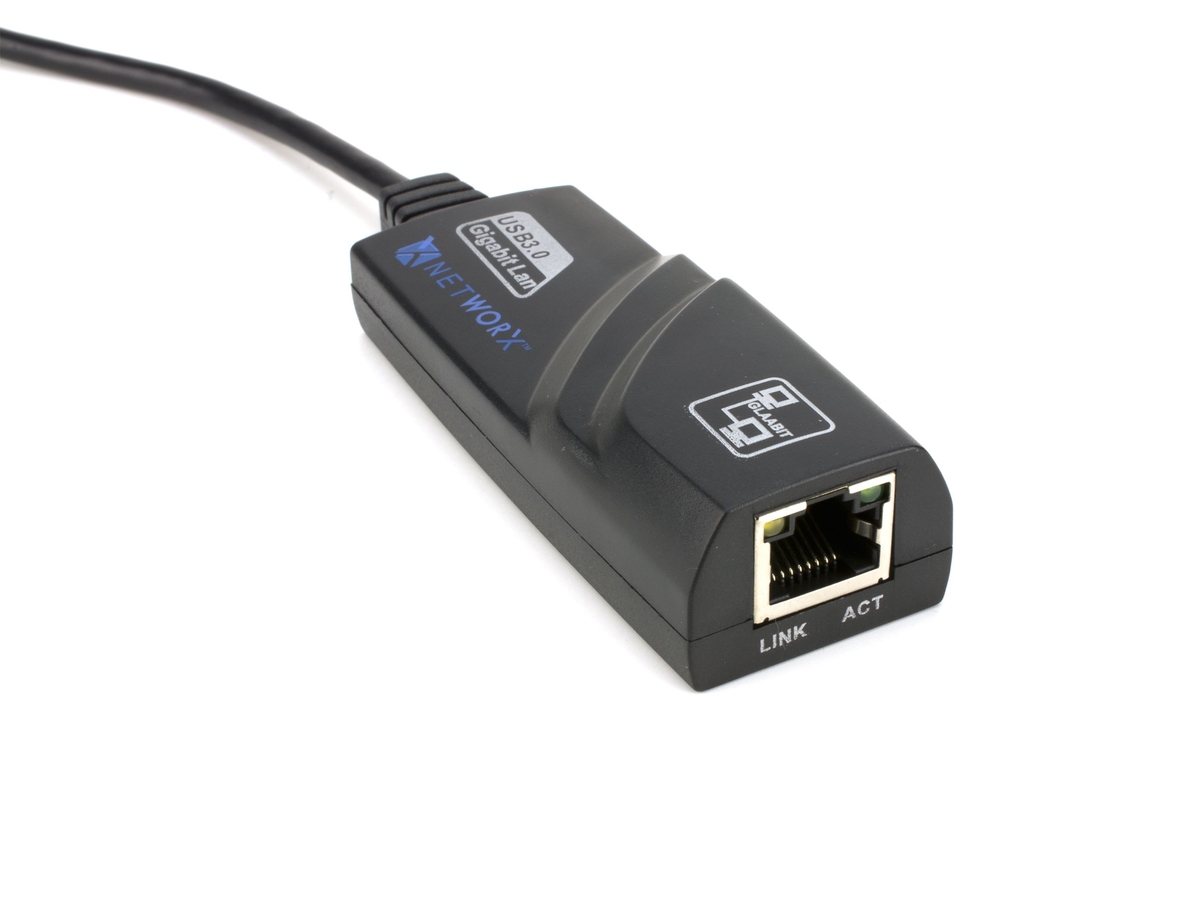
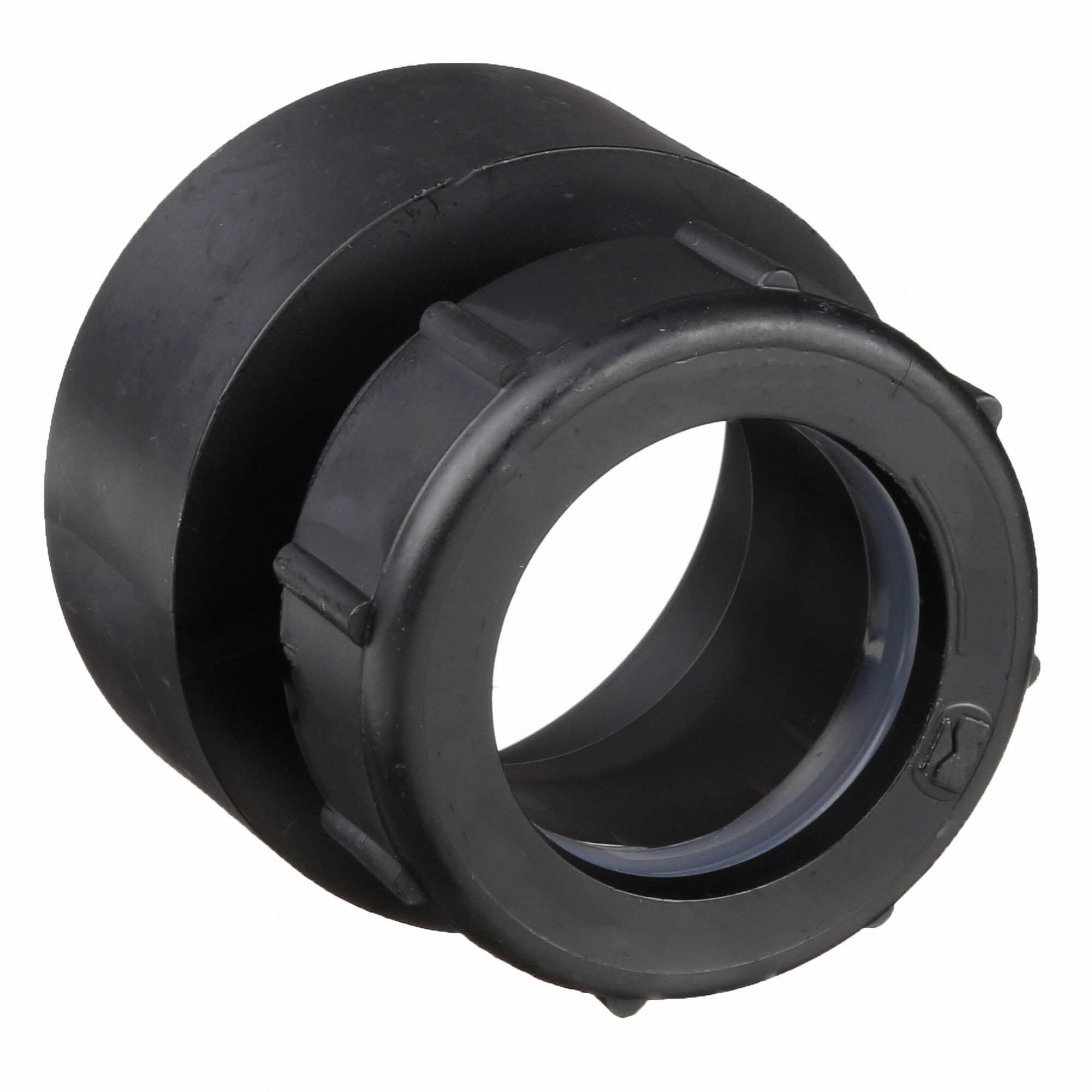

0 thoughts on “What Is A Poe Adapter”